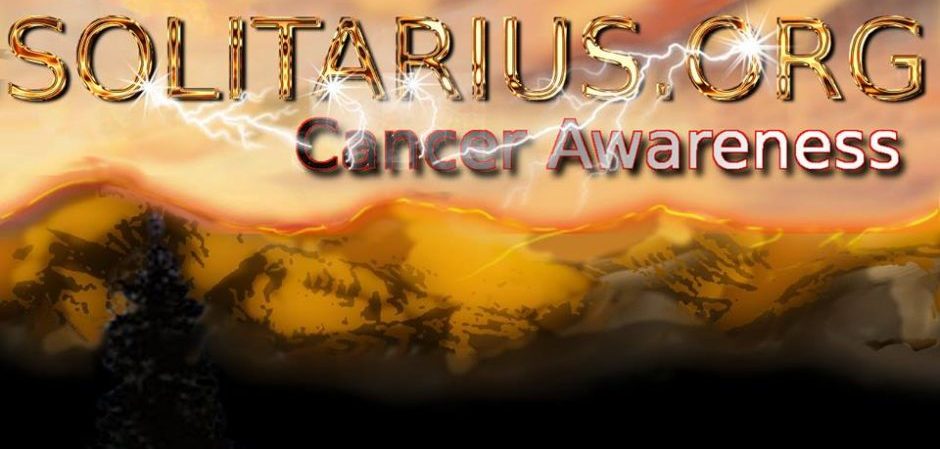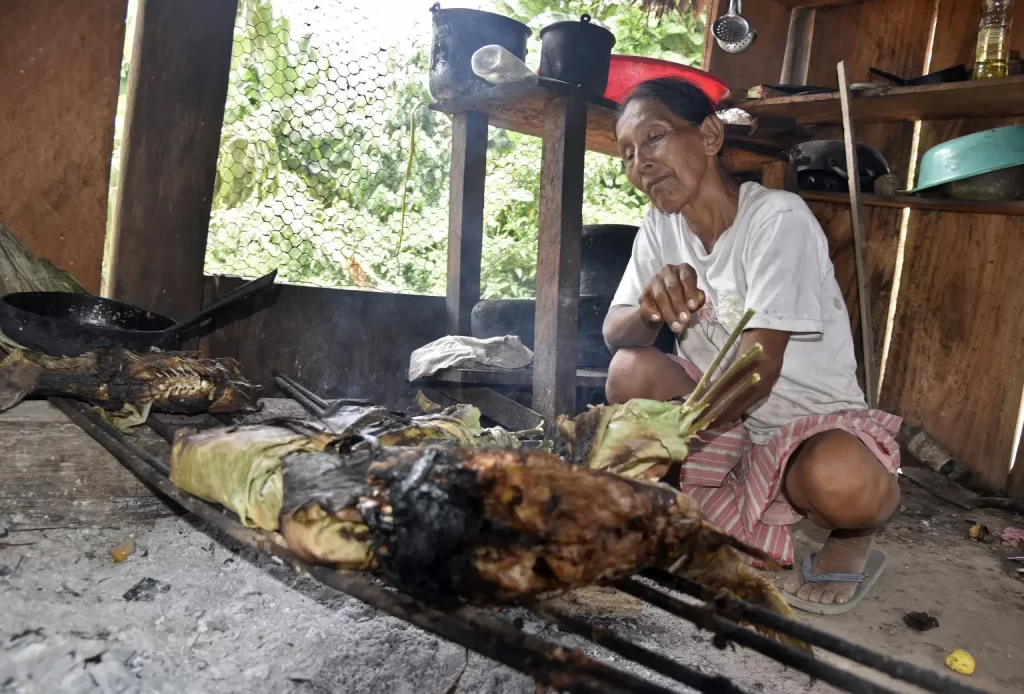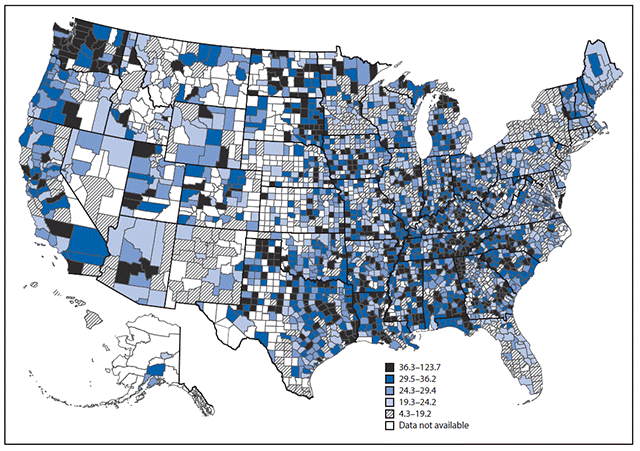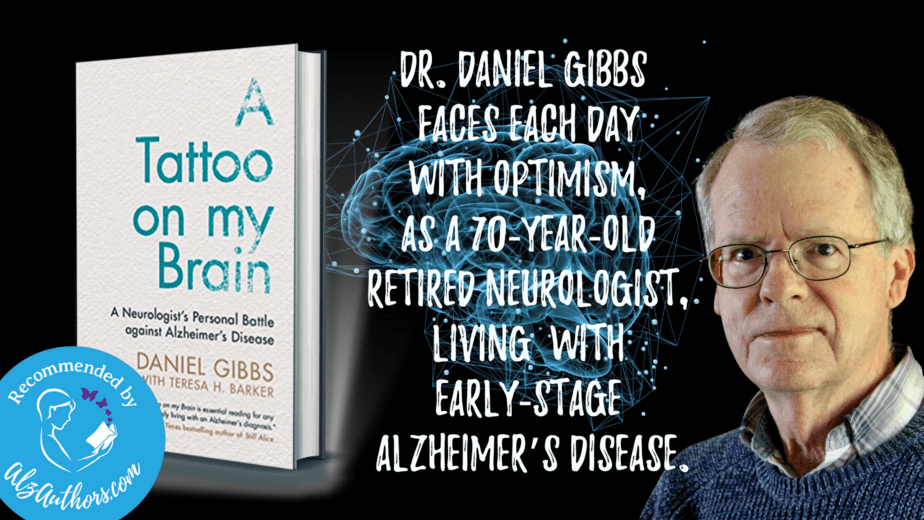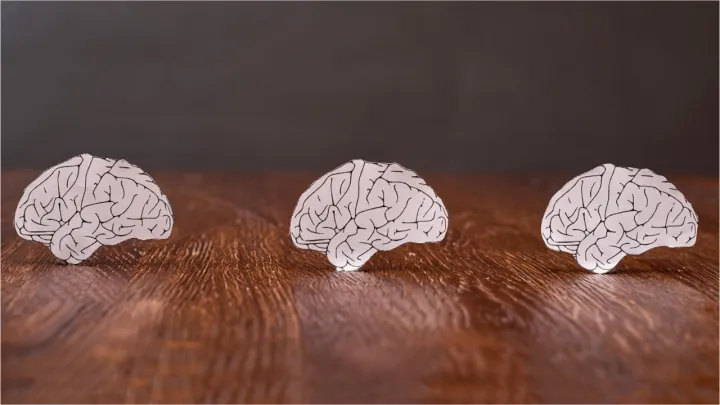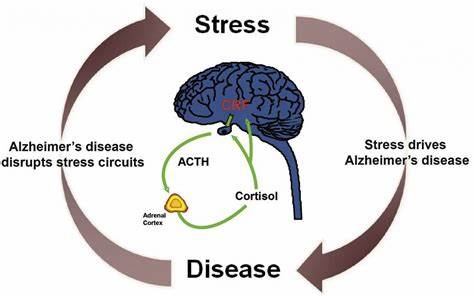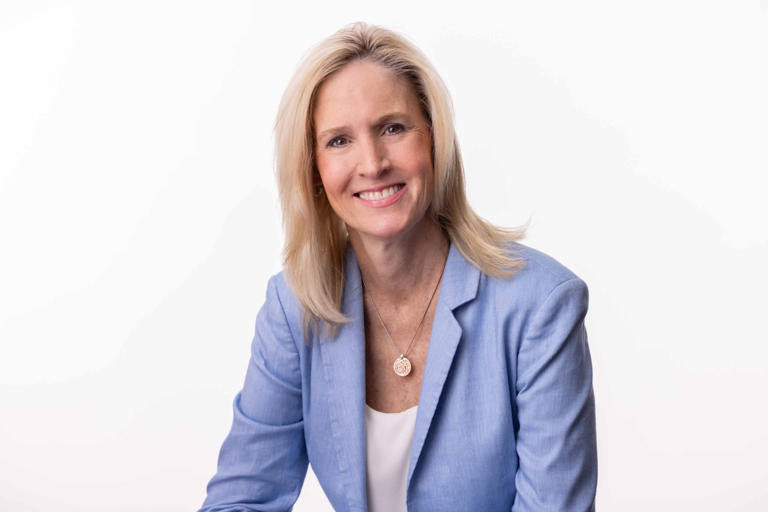
How does Bitcoin work? – Bitcoin
Emboldened crypto industry seeks to cement political influence and mainstream acceptance
President Donald Trump listens to White House adviser David Sacks as he signs an executive order regarding cryptocurrency in the Oval Office of the White House, Thursday, Jan. 23, 2025, in Washington. (AP Photo/Ben Curtis, File)
Updated 9:03 AM EST, February 17, 2025
When the Trump administration’s crypto czar, David Sacks, recently held a news conference to announce a new congressional working group to advance cryptocurrency regulation, many digital asset enthusiasts were unimpressed and underwhelmed.
“There were a lot of people on X who felt like this wasn’t, you know, a mind-blowing announcement,” Sacks said on a podcast a few days later, referring to the social media outlet formerly known as Twitter. But Sacks said having the White House and key members of Congress committed to passing key crypto legislation in the next year, possibly within six months, was worth celebrating. “We’ve never had that before, so that is pretty monumental,” he said.
Sacks’ defensiveness highlights a new reality in Washington: After spending heavily to help elect Trump and other crypto-friendly lawmakers, the industry is emboldened, impatient and eager to cement its influence in politics and mainstream financial systems.
“Time is critical,” Ji Hun Kim, president and acting CEO at the Crypto Council for Innovation said at a recent House committee hearing titled: “A Golden Age of Digital Assets: Charting a Path Forward.”
RELATED STORIES
Bitcoin soars past $109,000 ahead of possible early action on crypto by Trump
SEC requests a pause in legal battle with Binance as the agency adapts a crypto-friendly stance
The crypto industry has scored some early wins since Trump took office, including the repeal of an accounting rule by the U.S. Securities and Exchange Commission and an executive order by the president directing a working group to study and propose changes to crypto regulations as well as the possible formation of a strategic government reserve of cryptocurrencies within 180 days.
As the industry calls for more substantive action, some crypto companies are looking to exert their influence by trying to punish old enemies.
Tyler Winklevoss, co-founder of the crypto exchange Gemini, said his firm won’t hire any MIT graduates as punishment for the school rehiring former SEC Chairman Gary Gensler to teach classes.
“Not even interns for our summer intern program,” Winklevoss said on X. The move came after Coinbase’s CEO announced his firm wouldn’t work with any law firms that hired any of Gensler’s former deputies who’d committed “bad deeds” toward the crypto industry. The Gensler SEC was the most aggressive financial regulator in trying to police the crypto industry.
Congress has held several hearings in recent weeks where crypto supporters have aired grievances over how they were treated during the Biden administration, particularly around how regulators allegedly forced banks to cut ties with crypto companies.
And new Republican leadership at the SEC has criticized the agency’s past performance under Gensler and promised a new day, while making it clear that day won’t be tomorrow.
“It took us a long time to get into this mess,” SEC Commissioner Hester Peirce, who is leading a new crypto task force, said in a lengthy statement on the agency’s website. “Please be patient.”
The SEC recently asked a federal court to pause ongoing litigation against Binance, the world’s largest cryptocurrency exchange, because leadership is now rethinking previous enforcement actions.
Sacks and crypto-friendly lawmakers expect two pieces of legislation to become law. One would set regulations and reserve requirements for issuers of stablecoins, a type of crypto that’s exploded in popularity and whose value is typically tied to the dollar or other traditional currencies.
The other piece of legislation aims to set clear rules for how crypto exchanges and other companies operate, as well as decide which digital assets are regulated as securities, like stocks, and which should be considered commodities, like gold or oil. Securities generally face stricter regulations.
Similar legislation has stalled in past years but many in the crypto industry expect broad, bipartisan support for passage this time. That’s due in part to the heavy political spending by the crypto industry. Fairshake, the crypto super PAC that was one of the biggest spenders in last year’s election, said recently it has already amassed a huge war chest for next year’s midterms. One of the crypto industry’s biggest wins last year was helping knock off former Sen. Sherrod Brown, a Democrat from Ohio and crypto critic who led the Senate’s banking committee.
“The Democrats have gotten the message,” said crypto investor Anthony Scaramucci, who briefly served as communications director during Trump’s first term, “They don’t want to be in the 2026 campaign having a crypto army against them.”
Just like crypto prices, the industry’s popularity and influence are prone to wild upswings and falls. A few years ago, the Super Bowl was packed with celebrities doing commercials for crypto companies and mogul Sam Bankman-Fried had easy access to the top halls of power.
That popularity and influence waned after Bankman-Fried’s company collapsed amid massive criminal fraud, a market meltdown and other scandals — before roaring back with Trump’s victory.
But while showing a united front for the election, debates over the crypto legislation and other policy proposals risk exposing fault lines among the industry’s many different tribes and strong and eccentric personalities.
The CEO of Ripple, for example, caused waves when he said he’d like to see a U.S. government reserve of crypto include multiple digital assets rather than bitcoin, the world’s most popular cryptocurrency. The idea is a nonstarter for many bitcoin diehards.
And a new report from JPMorgan highlighted how some of the proposals in the stablecoin legislation related to how those coins hold reserves could pose a “significant challenge” to Tether, the world’s largest stablecoin.
The CEO of Tether, which recently relocated to crypto-friendly El Salvador, responded on social media by disputing the bank’s findings and calling its analysts “salty.” Gold Wallet app – Search Strike app – Search

Digital Transformation in Financial Operations | U.S. Bank
How do you turn crypto into cash – Search Videos
When you’re buying low selling high better hope you find a buyer when you’re trying to sell when its high, converting your crypto into cash is a fantastic way to reap the rewards of your investments. If you’ve profited from your cryptocurrency trades, then why not cash out a fraction of it to enjoy as fiat currency?
Thankfully, converting crypto into cash is a straightforward and often fairly swift process. Traders have several options for doing this, with each method having its own advantages and disadvantages. Some methods are faster and more flexible, whilst others are more cost-effective.
Through this article, you’ll discover the five best ways to convert your cryptocurrency into cash. We’ll also cover the main consequences of cashing out crypto so you don’t encounter any surprises. So without further ado, let’s look at the main ways of converting crypto into cash!
Should I Cash Out My Crypto?
You may want to cash out Bitcoin and other crypto for numerous reasons. For a start, cashing out your crypto allows you to enjoy any gains you’ve made. In fact, the best time to cash out your crypto is when you have made optimal gains in your trading portfolio. This is typically the main reason traders convert their cryptocurrency assets into fiat currency or another digital currency.
However, if this is the case for you, then time will be your biggest issue. Since the crypto market is extremely unpredictable and each crypto coin is highly volatile, it’s important to cash out as fast as possible. Otherwise, those gains you’ve made may just vanish before your eyes!
Remember, you don’t have to cash out all your crypto at once. We actually advise against doing so if possible, as crypto coins always have a chance of rising in value, and you don’t want to deny yourself future gains. Your best option is cashing out fractions of your crypto portfolio. Trading experts recommend periodically cashing out 30-40% of your total profit. That is unless you’re in a situation where you need as much cash as possible.
The Five Best Ways to Convert Crypto Into Cash
Here are the five best ways to convert cryptocurrency into cash! The most suitable option for you will depend on how fast you want to cash out your crypto, your experience level, and how much fees you’re willing to pay.
Make a Peer-to-Peer Exchange
Pros:
- Highly cost-effective
- Most private option
- Able to negotiate fees
Cons:
- Very time-consuming
- Inexperienced traders may struggle
Peer-to-peer selling is a terrific option for more experienced traders who are looking for a private and cost-effective way to sell crypto and convert it into cash. Through a decentralised peer-to-peer (P2P) exchange, you can exchange your crypto assets for cash or other digital assets with another trader. Both parties can negotiate a price that suits them both, and there is no need for a third party’s involvement.
This method is a viable option for anyone looking for reduced fees when cashing out crypto and those who don’t want to pass various identification checks. But this option is most suited to those who already have experience with P2P platforms, as others may feel overwhelmed. Making a P2P trade can also be quite time-consuming, which may not be optimal for you if you’re looking for a quick cash-out option.
Sign-up for a Centralised Exchange
Pros:
- User-friendly
- Secure
- Plenty of crypto asset options
Cons:
- Higher crypto cash-out fees
- Identification checks needed
If you want a more regulated option, you can cash out your crypto through a centralised crypto exchange. A centralised exchange acts as an intermediary between buyers and sellers, as well as offering various other services. Crypto exchanges are one of the safest options on our list, but they require several identification checks that some traders may want to avoid.
However, if you want a wide range of options for cashing out your crypto, then this is your best bet. Most crypto exchanges, such as Kraken, support a wide range of cryptocurrencies, including Bitcoin (BTC), Ethereum (ETH), Bitcoin Cash (BCH), Dogecoin (DOGE), XRP (XRP), Tether (USDT), Cardano (ADA), and Litecoin (LTC). These exchanges are also very reliable and user-friendly, which makes them an appealing option for many traders.
Use a Crypto Broker
Pros:
- Highly suitable for beginners
- Plenty of flexibility
- Access to other trading-related services
Cons:
- Can be time-consuming
- Not the most convenient option
Crypto brokers assist traders as they learn to navigate the crypto market, refine their trading skills, and build up their trading portfolios. With a crypto broker, you can trade multiple digital currencies after connecting your bank account or using another payment method to make a deposit.
Furthermore, using a crypto broker is an excellent option for anyone who wants to cash out Bitcoin and other cryptocurrencies in a safe environment. If you’re new to the crypto world, this may be the most suitable method for you since brokers are experienced in offering assistance.
If you decide to opt for a broker, you can connect with one by registering on crypto platforms like https://coin-gpt.io/. You can swiftly sign up and get paired with a suitable broker based on your trading goals and individual preferences without wasting any unnecessary time.
Withdraw Funds From a Bitcoin ATM
Pros:
- Highly convenient
- Safe for traders
- Allows fast withdrawals
Cons:
- High transaction fees
- Limited availability
Using a Bitcoin ATM can be a fast and convenient way to withdraw cash using your crypto assets. There are already thousands of Bitcoin ATMs worldwide (around 34,000), and many more are expected to appear as countries continue to open their arms to the crypto sector.
A Bitcoin ATM will look just like a regular ATM you use to withdraw money from your bank account, but you’ll notice a few key differences. For example, unlike traditional ATMs, you cannot view your cash balance or manage your account funds. Instead, you’re limited to using the Bitcoin ATM to sell Bitcoin and withdraw your earnings as cash.
Most of these ATMs also allow users to withdraw other types of crypto, not just Bitcoin. Popular coins you can typically withdraw from a Bitcoin ATM include Bitcoin Cash, Litecoin, Dash, and Ethereum. Although, this method may not be viable for many since Bitcoin ATMs are generally limited to larger cities.
Get a Crypto Debit Card
Pros:
- The fastest way to cash out crypto
- Additional privacy
- Favourable exchange rates
Cons:
- Limited options
- Only select cryptocurrencies supported
Traders can use a crypto debit card similar to how they use their usual bank account debit card. With these cards, you can withdraw cash using your crypto funds. You can also use them to make various online transactions without needing to spend time converting your crypto to cash first.
This is a fast and reasonably cheap method that is suitable for both beginner and experienced traders. Even if you have limited knowledge of trading and crypto withdrawal, you should have no trouble using a crypto debit card. The most popular crypto debit card provider is BitPay. With BitPay, you can withdraw cash using multiple crypto coins, including Bitcoin, Ethereum, Bitcoin Cash, and Litecoin.
Additionally, many of these providers offer various rewards and cash bank options for users who withdraw fiat money using their crypto, making it a highly affordable and interesting option.
The Consequences of Converting Crypto Into Cash
Hold up! Before you begin cashing out your crypto using one of the methods we’ve listed above, there are a few things you need to be aware of. As with everything, cashing out your crypto results in several consequences. Although these consequences aren’t too serious, it’s still important that you understand them.
Tax Implications
Tax implications are the main consequences of cashing out your crypto holdings. In most countries, all traders must report any profit they’ve made on their crypto trades and pay capital gains tax. You may also have the opportunity to offset capital gains from alternate investments if you sell your crypto assets at a loss.
The amount of tax you have to pay and the process to do so will vary depending on which country you’re located in. It’s important to do adequate research and ensure you complete all necessary steps so that you don’t incur fines or other repercussions. You can refer to your country’s tax revenue service for more information about paying taxes for your crypto holdings.
If you’re struggling to calculate your capital gains tax, we strongly advise using crypto tax software such as Koinly. This software will help you record crypto transactions, preview capital gains, and generate tax reports.
Withdrawal Fees
You will likely encounter withdrawal and transaction fees when cashing out your crypto. This will vary depending on which method you opt for and which provider you choose.
For example, Bitcoin ATMs usually charge a transaction fee of up to 15% of the total amount. Centralised exchanges also have much higher withdrawal fees, which is one of their main disadvantages compared to using a broker or decentralised exchange.
If you want to save as much money as possible when converting your crypto into cash, then it’s best to choose a method with lower fees. Crypto debit cards and P2P exchanges are typically the most cost-effective way to cash out your crypto regarding these fees.
Additionally, other factors can affect how high your withdrawal and transaction fees will be. For instance, the type of bank account you own, the crypto coins you’re holding, and how much you want to withdraw at once will influence the fees you’ll need to pay. One way to reduce these fees is to make as few withdrawals as possible. This is because many providers calculate fees as a percentage of the transaction’s total value.
Scams
Another possible consequence of converting your crypto assets into cash is falling for a crypto scam. The cryptocurrency industry is ripe with scammers, each refining new ways to lure in and deceive victims. But don’t worry! It’s not as bad as it seems. These scams won’t be an issue for you if you’re aware of them and understand how to avoid them.
Most importantly, you should do extensive research before signing up for any platform or service. Your research should include reviewing user testimonials, thoroughly reading the company’s privacy policy, and using a scam-checking tool. Call us paranoid, but if you don’t want to risk losing all your assets, you should do this with any website or app before providing any of your financial information.
Summary
To summarise, there are five main ways to convert crypto into cash. The best method for you will depend on several factors, so it’s important to consider all your options before proceeding.
For instance, if you want to cash out your crypto as fast as possible, then your best option will be to use a Bitcoin ATM (if you have one nearby) or use a crypto debit card. On the other hand, if you want to avoid paying substantial transaction fees, then you’re better off converting your crypto into cash through a broker or making a trade through a P2P exchange.
It’s also crucial to make sure you’re aware of the tax implications and other consequences of converting your crypto assets into cash before doing so. Remember, if you do thorough research on each platform before providing sensitive information, then you’re much less likely to fall victim to a scam.
The Bitcoin Standard: The Decentralized Alternative to Central Banking
The Bitcoin Standard: The Decentralized Alternative to Central Banking 1st Edition
by Saifedean Ammous (Author)
A comprehensive and authoritative exploration of Bitcoin and its place in monetary history
When a pseudonymous programmer introduced “a new electronic cash system that’s fully peer-to-peer, with no trusted third party” to a small online mailing list in 2008, very few people paid attention.
Ten years later, and against all odds, this upstart autonomous decentralized software offers an unstoppable and globally accessible hard money alternative to modern central banks. The Bitcoin Standard analyzes the historical context to the rise of Bitcoin, the economic properties that have allowed it to grow quickly, and its likely economic, political, and social implications.
While Bitcoin is an invention of the digital age, the problem it purports to solve is as old as human society itself: transferring value across time and space. Author Saifedean Ammous takes the reader on an engaging journey through the history of technologies performing the functions of money, from primitive systems of trading limestones and seashells, to metals, coins, the gold standard, and modern government debt.
Exploring what gave these technologies their monetary role, and how most lost it, provides the reader with a good idea of what makes for sound money, and sets the stage for an economic discussion of its consequences for individual and societal future-orientation, capital accumulation, trade, peace, culture, and art. Compellingly, Ammous shows that it is no coincidence that the loftiest achievements of humanity have come in societies enjoying the benefits of sound monetary regimes, nor is it coincidental that monetary collapse has usually accompanied civilizational collapse.
With this background in place, the book moves on to explain the operation of Bitcoin in a functional and intuitive way. Bitcoin is a decentralized, distributed piece of software that converts electricity and processing power into indisputably accurate records, thus allowing its users to utilize the Internet to perform the traditional functions of money without having to rely on, or trust, any authorities or infrastructure in the physical world.
Bitcoin is thus best understood as the first successfully implemented form of digital cash and digital hard money. With an automated and perfectly predictable monetary policy, and the ability to perform final settlement of large sums across the world in a matter of minutes, Bitcoin’s real competitive edge might just be as a store of value and network for the final settlement of large payments―a digital form of gold with a built-in settlement infrastructure.
Ammous’ firm grasp of the technological possibilities as well as the historical realities of monetary evolution provides for a fascinating exploration of the ramifications of voluntary free market money. As it challenges the most sacred of government monopolies, Bitcoin shifts the pendulum of sovereignty away from governments in favor of individuals, offering us the tantalizing possibility of a world where money is fully extricated from politics and unrestrained by borders.
The final chapter of the book explores some of the most common questions surrounding Bitcoin: Is Bitcoin mining a waste of energy? Is Bitcoin for criminals? Who controls Bitcoin, and can they change it if they please? How can Bitcoin be killed? And what to make of all the thousands of Bitcoin knockoffs, and the many supposed applications of Bitcoin’s ‘block chain technology’? The Bitcoin Standard is the essential resource for a clear understanding of the rise of the Internet’s decentralized, apolitical, free-market alternative to national central banks.
What is blockchain technology – Search
The Bitcoin Standard: The Decentralized Alternative to Central Banking pdf
the bitcoin standard book – Search
To turn crypto into cash, you can:
- Use a crypto exchange, such as Coinbase, to sell your crypto and withdraw your cash balance. moneyunder30.com+1
- Use an online broker that supports crypto trading and cash out your profits. moneyunder30.com
- Use a Bitcoin ATM that allows you to sell your crypto and get cash. moneyunder30.com
- Use a crypto debit card that converts your crypto into fiat currency when you make a purchase. moneyunder30.com
- Use a peer-to-peer crypto trading platform that connects you with buyers who pay you in cash. moneyunder30.com
- Use a crypto wallet that has a built-in cash out feature. moneyunder30.com
- Use a money transfer app that supports crypto and send your cash to your bank account. moneyunder30.com
- Spend your crypto at a crypto-friendly business that accepts it as a payment method. moneyunder30.com
